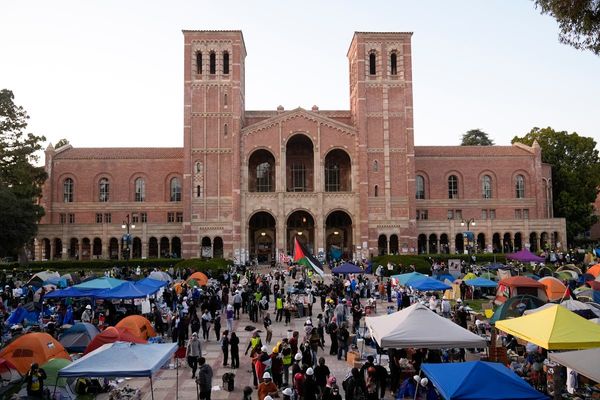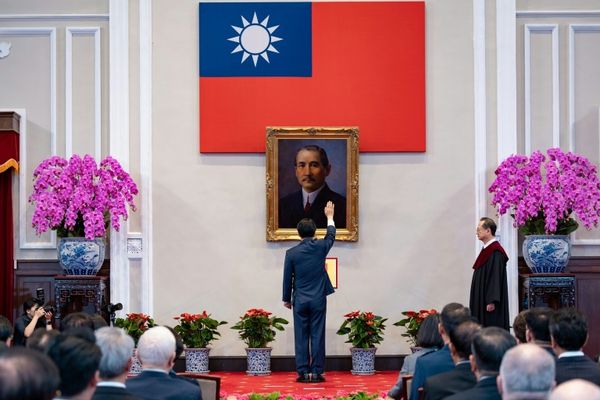When nature writer Rachel Carson’s book Silent Spring was published in 1962, there was furious backlash, particularly from chemical firms. In her book, she had carefully laid out how DDT was entering the food chain, arguing for better testing and informed use of pesticides. In her essay on Carson (Burning Questions), Margaret Atwood admits that most people were not ready for the book. “It was like being told that orange juice — then being proclaimed as the sunshine key to ultra-health — was actually poisoning you.”
For Atwood, one of the key lessons of Silent Spring was that things labelled as progressive weren’t necessarily good. “Another was that the perceived split between man and nature isn’t real: the inside of your body is connected to the world around you… and what goes into it — whether eaten or breathed or drunk or absorbed through your skin — has a profound impact on you.”
India, a sweets-loving nation, will have to reckon with some disturbing findings as a new study shows that an estimated 10.13 crore people in a population of 140 crore could be diabetic, and another 13.6 crore in the pre-diabetic stage. The ICMR-INDAB study, carried out between 2008 and 2020 across the country, is based on an analysis of the prevalence of obesity, hypertension and hypercholesterolemia or bad cholesterol.
According to the current estimate, about 11% of the country’s population is already diabetic with urban India accounting for 16.4% while in the rural population the prevalence is 8.9%.
‘Don’t let it off the hook’
In The Case Against Sugar (2016), Gary Taubes argues that sugar should not be “let off the hook” when trying to understand why there’s a surge in obesity and diabetes in populations. His argument is that sugars like sucrose and high-fructose corn syrup are fundamental causes of diabetes and obesity, using the same simple causality that we employ when we say smoking cigarettes causes lung cancer.
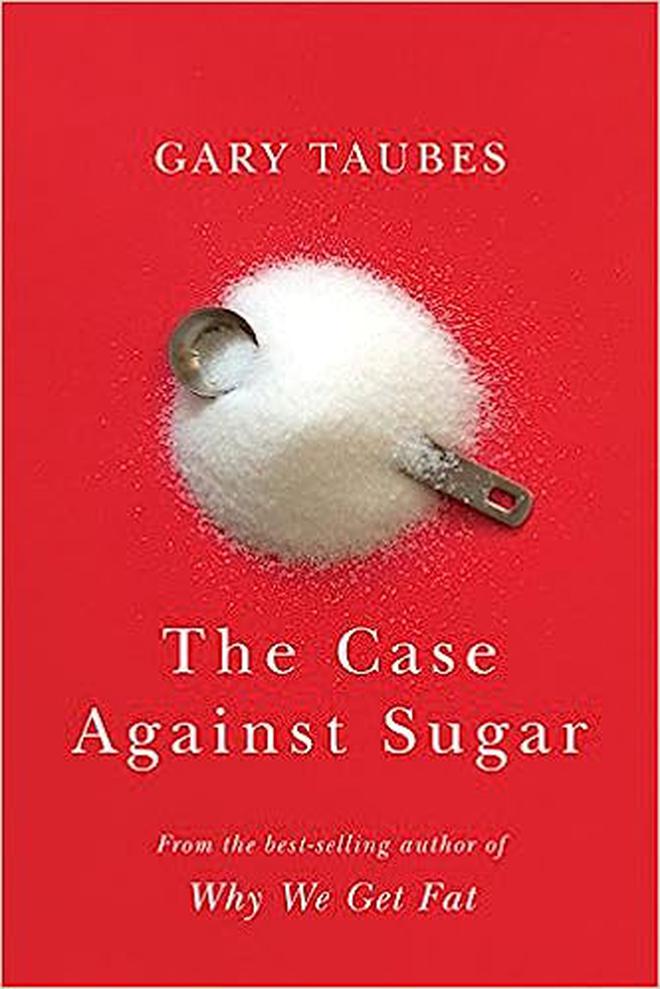
“It’s not because we eat too much of these sugars — although that is implied by the terms ‘overconsumption’ and ‘overeating — but because they have unique physiological, metabolic, and endocrinological (i.e. hormonal) effects in the human body that directly trigger these disorders.”
Damayanti Datta’s Sugar: The Silent Killer (2022) labels India the ‘Republic of Sugar’ because of “our collective penchant” for anything sweet, a uniting factor. The body needs sugar (energy) to keep going, but a surfeit of it will have consequences. India leads the world in “diseases linked to sugar (and the fat with which sugar is inextricably linked): from obesity to diabetes, heart disease to hypertension, cancers to dementia.” If sugar is bad, she asks, why is it so deeply entrenched in our food system? Like the pushback on tobacco and alcohol, why aren’t doctors, activists and policy-makers rising to the sugar challenge? Questions are being raised, and from within the scientific community.
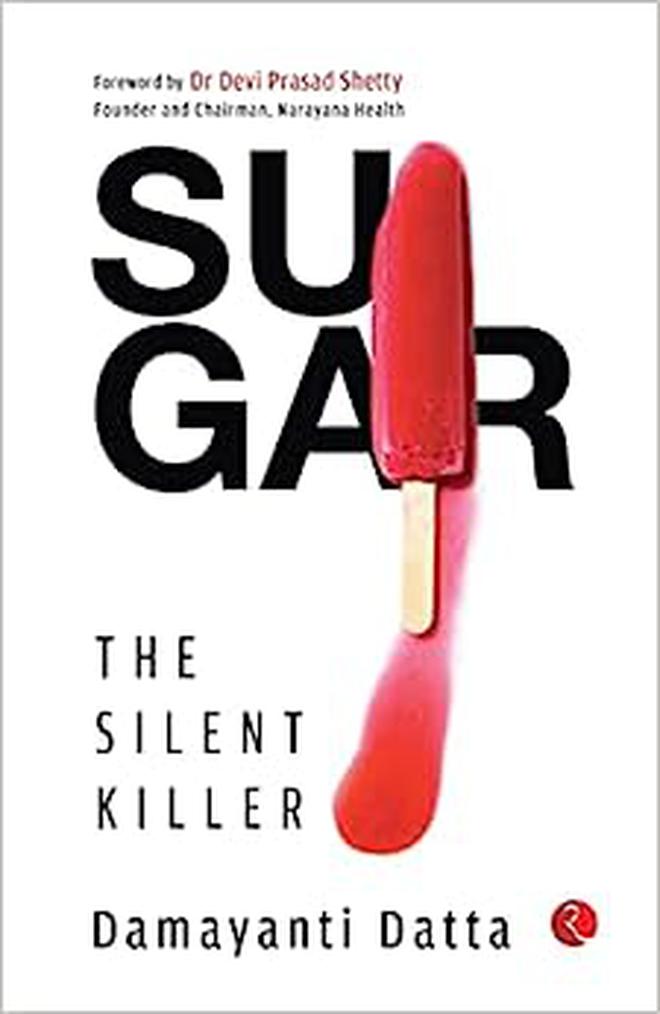
Datta explains why sugar is a complicated story for India, which has had a long association with the white crystal. The origin of sugarcane goes back 3,500 years in our country as compared with only a thousand years in the West. Talking specifically of Bengal, which tends to live for its sandesh (and fish), the word mishti (sweet) stands for a universe of things that looks, feels or smells good, says Datta, “be it fragrance, colour, nature, music, voice, disposition, behaviour, affection” et al.
“Our food environment, our love for new foods and fads, how we cook, from whom we buy our foods, when we eat, and how we live, work and think, everything can impact the story of sugar,” she writes as she explores the “good, the bad and the scary” layers of sugar.
Sweet luxury to bulk commodity
Ulbe Bosma has been studying the sugar plantations of Asia, and in his 2016 book, The Sugar Plantation in India and Thailand: Industrial Production (1770-2010), he points out that the industrialisation of sugar production in Asia was initiated by European colonial powers in the early 19th century. This was when sugar went through a remarkable transformation, from a relative luxury item to a bulk commodity. The crop, itself, he writes, was not a novelty as its production was deeply embedded in some of the major rural economies of Asia. Up to 1800, India and China each produced more sugar than the Atlantic “sugar plantation complex”.
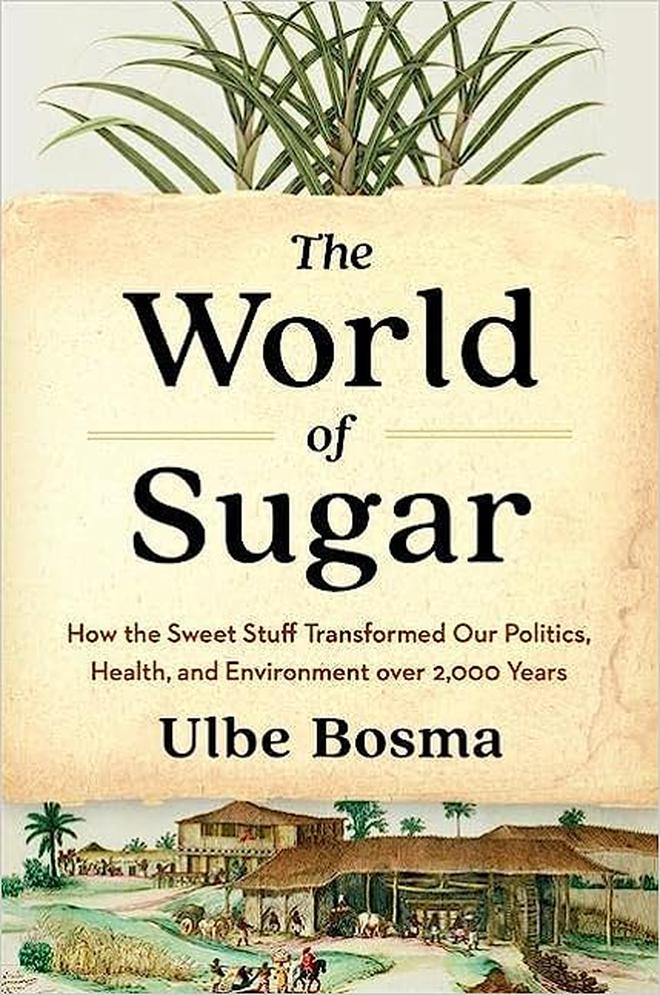
In his new book, The World of Sugar, Bosma traces how sugar has fundamentally “changed how we feed ourselves, has deeply affected human relations through its close relationship with slavery, and has caused extensive environmental degradation.” Sugar has already ruined the health of many, and matters are poised to grow worse, says Bosma, who also traces its history and how because of the scale and economic clout of the sugar industry, it makes it “incredibly difficult to address market inefficiencies, overproduction and overconsumption.” The ubiquity of sugar, writes Bosma, tells us about progress but also reveals a darker story of human exploitation.
Experts have been crying hoarse on the need to make reasonable decisions on sugar as individuals and as a society, but it is easier said and done.
As Bosma points out, “since sugar is a relatively recent phenomenon, we have not yet learned how to control it and bring it back to what it once was: a sweet luxury.”



